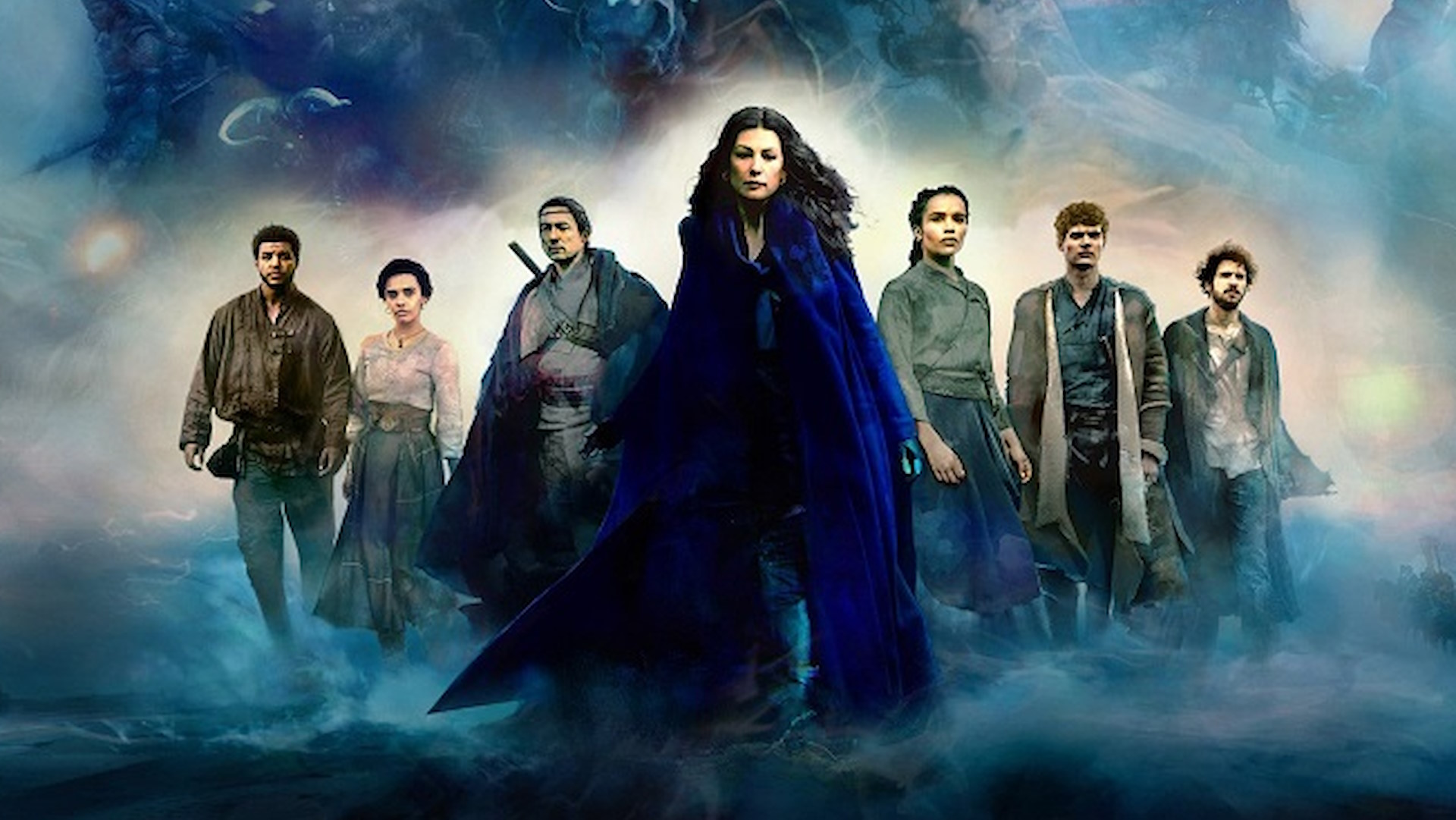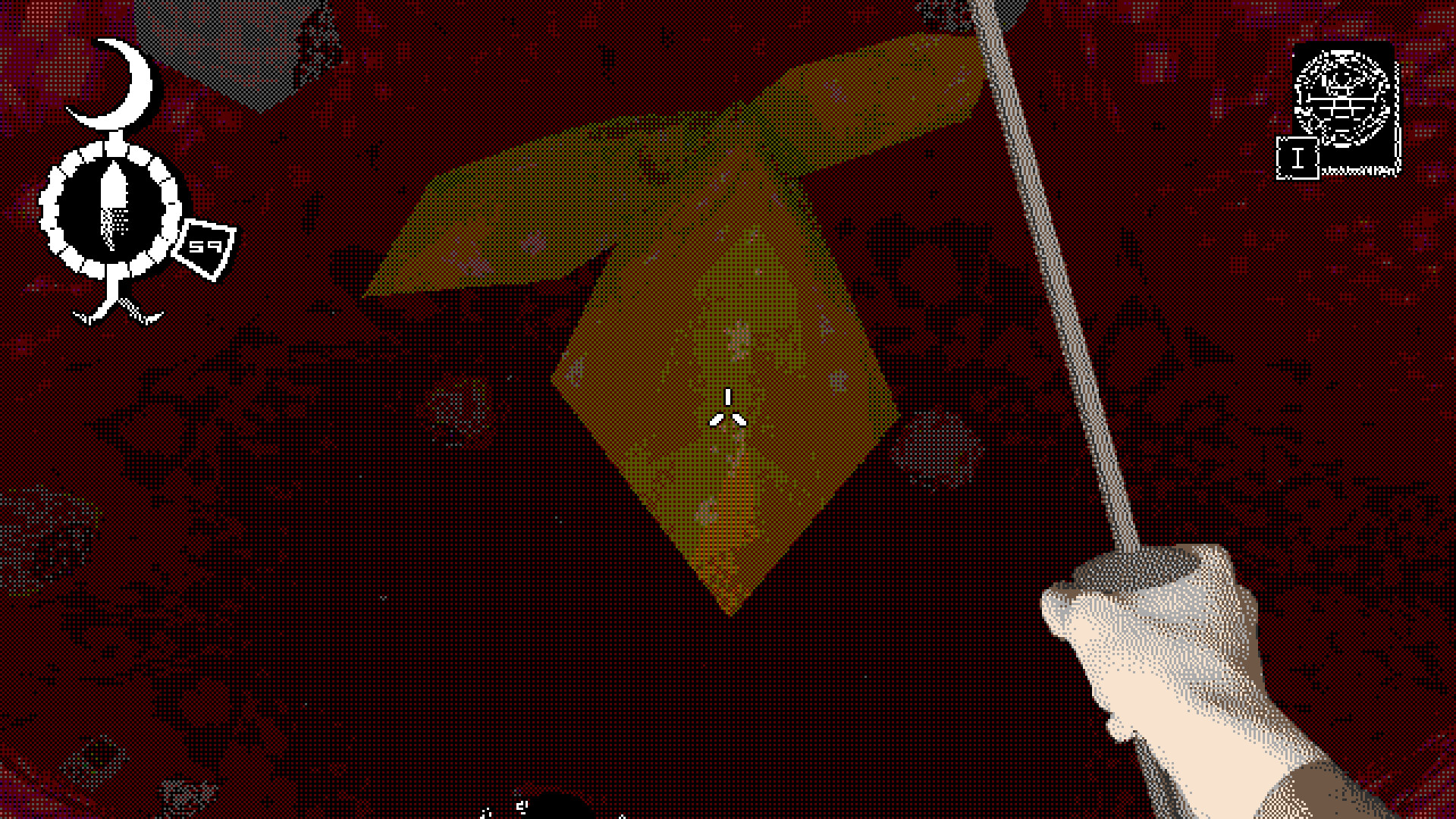
The Outlast Trials is a horror movie in reverse, in ways both good and bad. Instead of screaming in terror when something jumps out at you or stabs your character in the face, you usually just laugh as your friends make fun of you from their hiding spots. Instead of a clueless group of protagonists who get picked off one by one, the enemies hunting you and your teammates are the ones with the hilariously poor decision-making skills. While the early access version of this cooperative horror game proves the concept and has a couple of very memorable maps, it’s not one of those games that’s sprung into being almost fully formed. Expected bugs and general lack of polish aside, there’s just not much content yet. Even so, I had an overall good time with this silly, gory, and uneven slaughterfest even in these early stages.
The Outlast Trials throws you and up to four of your friends into insane and improbable Saw-like “death games” in which you must work together to overcome the gory terrors that await. What little story there is so far doesn’t amount to much: you’re abducted by an evil corporation and kept in a prison under the guise of rehabilitation, but instead are subjected to a seemingly random series of murder playgrounds. You can glean some mildly interesting bits of lore by collecting compromising evidence that immoral company men apparently left lying around its death courses, but it’s not exactly mesmerizing stuff. And that’s okay! You’re playing The Outlast Trials because you want to see a crazy lady use a sock puppet to drill a guy’s face off, and there’s certainly an abundance of that.
That said, even when treated with the unseriousness and gore-filled levity that I think The Outlast Trials is going for, the over-the-top violence, deeply unsexy lechery, and extremely on-the-nose subject matter can be a bit much sometimes. One level features a maniacal police officer who enjoys tasering his own genitals and rattles off nonsense like “I don’t recognize this country anymore,” while in another you’re repeatedly shown a bunch of penises for seemingly no reason at all, and then forced to recreate a crucifixion for an audience of school children. I get that shock and gratuitous violence is sorta the whole point, but it often feels like they’re trying so hard to be gross and extreme or make some kind of unsubtle statement that I just shook my head at the tactless, edgelordian overkill. At least when South Park does it it’s usually funny.
Each of the three maps in the early access version has its own bizarre and twisted objectives that must be completed before your untimely death, like one where you’re forced to turn an impure orphanage into a malevolent religious establishment by replacing all the secular materials with unholy profanity. There’s another where you have to punish a group of wicked animatronic children by shoving them into a meat grinder, working around various obstacles as you slowly push the cart of misbehaving dolls toward their demise. Of course, the absurdly macabre goals you’re presented with merely serve as complicated and unavoidably noisy chores that you’re expected to perform as numerous psychopaths hunt you, drawn to the sound of your actions. While it’s not particularly exhilarating to, for example, fill a generator with gas and turn it on, the fact that you have to do so while being hunted by murderers and under great duress goes a long way to making things extremely chaotic and panic-inducing.
Did I mention that you don’t have any weapons? Certainly nothing that will turn the hunters into the hunted, at least. Instead, you must rely on stealth by creeping in darkness, hiding in closets or barrels and under beds, and occasionally using thrown bottles and bricks to distract or temporarily stun enemies when you’re stuck in a tight spot. When everything works as intended, your inability to face the enemy head on creates some delectable dramatic tension that aptly recreates those iconic horror film moments where the protagonist tries to hold her breath while the monster lurks just a few feet away. Other times, though, the enemy AI bugs out and the murderer just stares right at the barrel you’re hiding in, indefinitely, until you decide to blow your cover and risk making a break for it. That makes that game of cat and mouse feel janky and unfair.
One of the awesome ways enemies mess with you is by inflicting psychosis on you via poisonous gas. It leaks out from some level traps and enemy attacks, and if you’re exposed to it you’ll see hallucinations like creepy Michael Meyers-esque mirages or Skinner Man, an imagined enemy who can do you real harm if you’re drained of your sanity. This results in some amazing social moments where you shout out a warning about a monster your friends don’t see, and begin to doubt your own eyes and ears. (Only a few games, like Dead Space 3, have dabbled in this kind of co-op trickery.) You’ll also encounter doppelgangers of your teammates who, if you miss the slight differences in their player name, will shank you if you get too close. That’s a fantastic curveball that makes you question whether you can even trust your own comrades.
While you can play The Outlast Trials alone, contending with evil twins is just one example of why working with friends to survive each stage and help one another out of jams is undeniably a better experience, though also usually more tumultuous and less atmospheric. As you add up to four players to any given trial, the objectives you’re asked to complete become more complex to offset the advantages granted by having friends, which usually results in less stealth and more frantic running around as you and your buddies accidentally set off four times as many traps, get hunted down by all manner of grotesque horrors, and fight over the best hiding spots. (Remember: you don’t have to be faster than the bear, just faster than your slowest companion.) But when your crew is coordinating well, staying on task, and have had a chance to get familiar with the level, operations can feel much more controlled and tense. Either method can definitely be fun and earn you victory, but only the latter will earn you a good grade from your sadist overseers, which grants more better cosmetic unlockables and XP.
That XP can be spent to permanently unlock a fair selection of upgrades that make the going easier in each level. One of those is your rig: a special ability that lets you do things like stun an enemy with a thrown bomb or see items and enemies through walls with X-ray vision, all of which operate via cooldowns and lend some much-needed identity and role-based dynamics to your cooperative squad. There’s also a number of appealing and helpful passive abilities that can be purchased which let you do things like slide when sprinting into a crouch or automatically slip free of lesser enemies who manage to grab you. None of these unlockables gets around the fact that you’ll be repeating the same trials over and over again as you grind to obtain them, but they definitely make the optional tougher versions of each level more doable and give you more interesting options with which to tackle them.
You’ll also unlock cosmetics to decorate the prison cell you spend your time in between trials and customize your character – or waste time hanging out in the social space arm wrestling your fellow inmates. There aren’t a ton of good reasons or incentives to spend a ton of time making your bloody, mangy character or the dirty hole you call a home your own: your character will always be terribly ugly (often covered in blood and dirt) and there’s only so much you can do with that, and buying decorations for the gross box you’re stuck in is a bit like putting lipstick on a pig. But it’s entertaining that Red Barrels included it at all, and it helps pass the time in between trips to Hell and back.
However, the more you and your team improve, the more apparent it becomes that the computer-controlled psychopaths hunting you simply aren’t smart enough to pull off the great ideas to which The Outlast Trials aspires. Not only do they often get stuck, they also lose sight of you when they shouldn’t and are easy to confuse in very exploitable ways. For example, scrambling over a desk or something to get away from an enemy often leaves them bamboozled as to how to get around the object, giving you ample time to casually stroll away. Even while completely drained of stamina and moving at a snail’s pace, I was able to spam crawling over objects to escape, close doors in the faces of befuddled pursuers, and crouch in the dark just a few feet away from someone who should have easily been able to find me. Once you realize the AI’s shortcomings, the killers represent more of an annoyance than anything frightening.
That doesn’t fully end the challenge of The Outlast Trials because while they may be dumb, they still constantly interrupt your objectives and send you scrambling to the nearest hiding spot. This is especially irritating in one level where you’re supposed to follow water pipes along the walls, ceiling, and floor. It seemed that every time I approached the end of my objective a monster would creep nearby, forcing me to dart away and hide, losing track of where I was and forcing me to start all over again.
Beyond that, you’ll also have to deal with the clumsy movement of your character, whose “run” is more of a speed walk and who crouches and climbs over objects like they just got out of bed. There’s also some real inconsistency when using certain objects, such as glass bottles or bricks, to delay the enemy. Sometimes a thrown bottle will misdirect someone looking for you, and throwing a brick at their face will buy you precious seconds to escape. Other times they fail to notice a bottle that broke a couple of feet away from them or shrug off a brick to the face like you hit them with a damp sponge.
Speaking of early access issues, the amount of content available at this stage is pretty limited. There are essentially only three levels: The Police Station, the Fun Park, and the Orphanage. It does come with a few permutations of each stage that use the same main bad guy and setting while changing up the map and objectives a bit, which helps to squeeze just a little bit more variety out of each one, but even so you’re likely to have seen the vast majority of the content in just four or five hours. It’s especially disappointing that two of the levels, the Fun Park and the Orphanage, share a lot in common – including the big bad that’s chasing after you – making them feel way less distinct than the Police Station.
There are also more difficult versions of each level available for those looking to master them, which fill levels with more enemies and traps, and removes hiding spots for a greatly increased level of difficulty (though AI remains hopelessly dim). Based on the level menu, which references upcoming seasons, it looks like developer Red Barrels plans to add more content; if it can create more levels that introduce new monsters and feel more distinct, I could see myself happily spending a lot more time hiding in barrels from grotesque flesh monsters. Provided they get a little smarter, of course.




